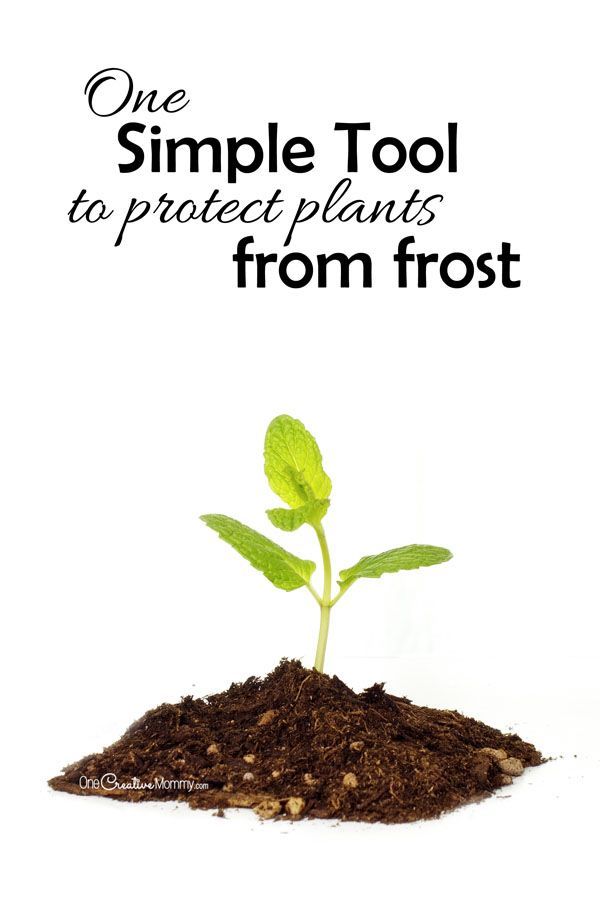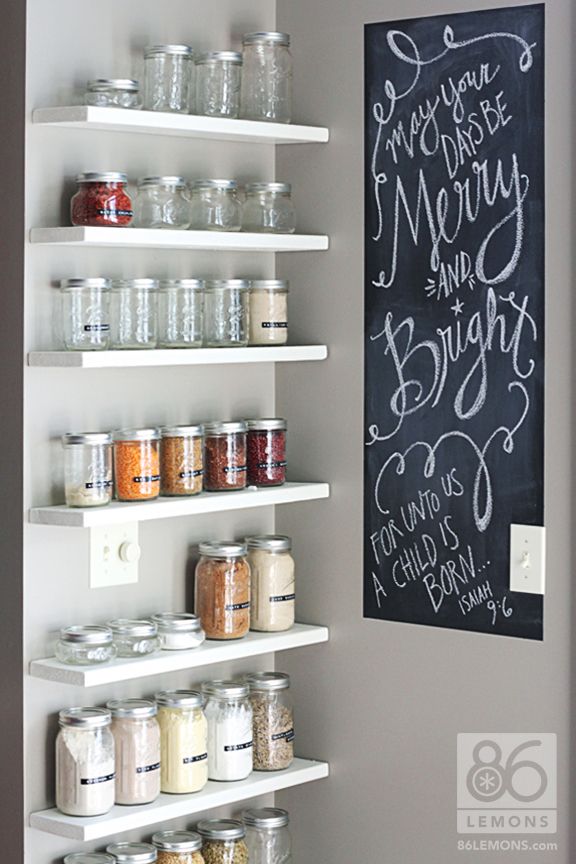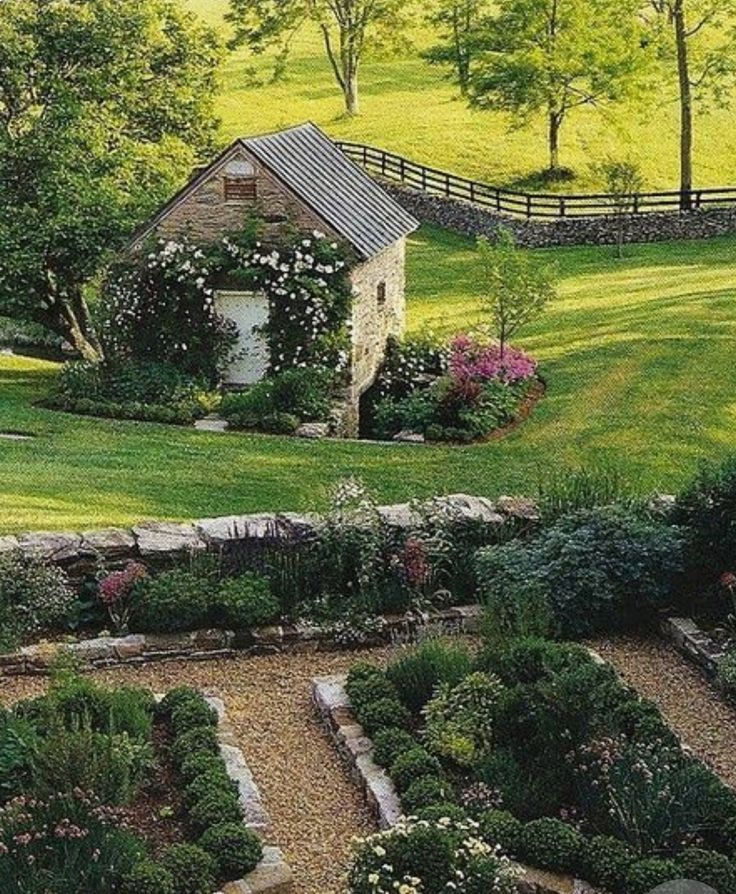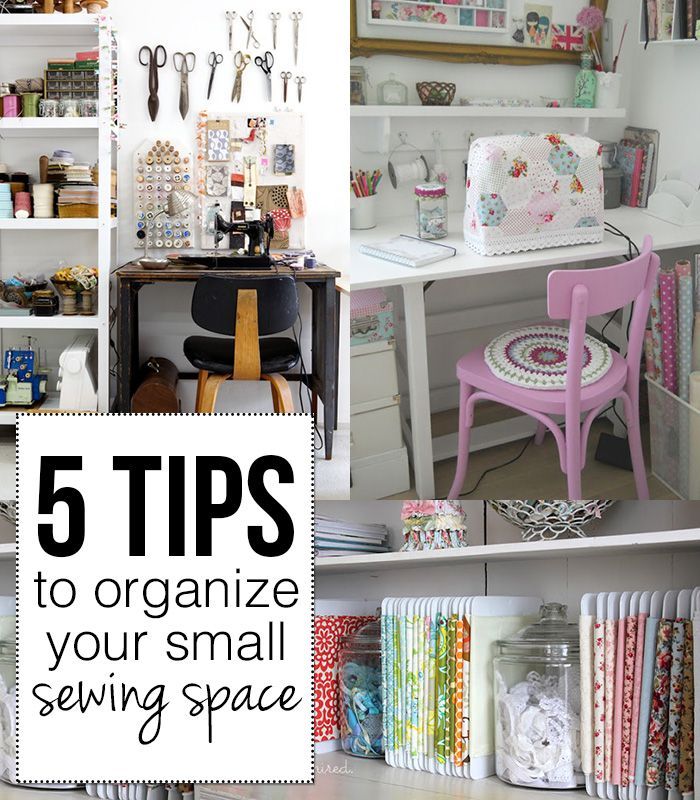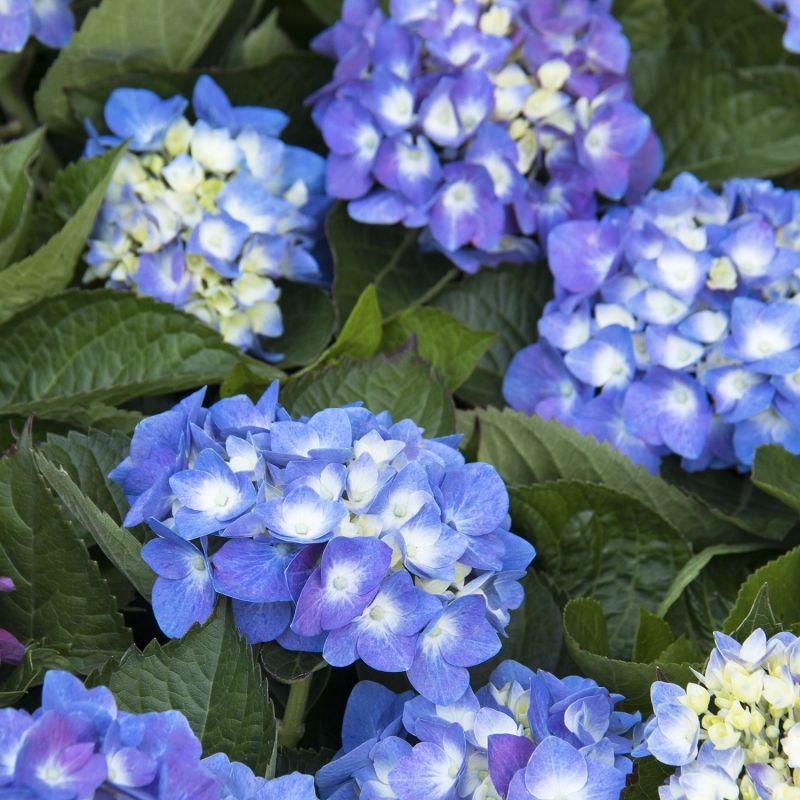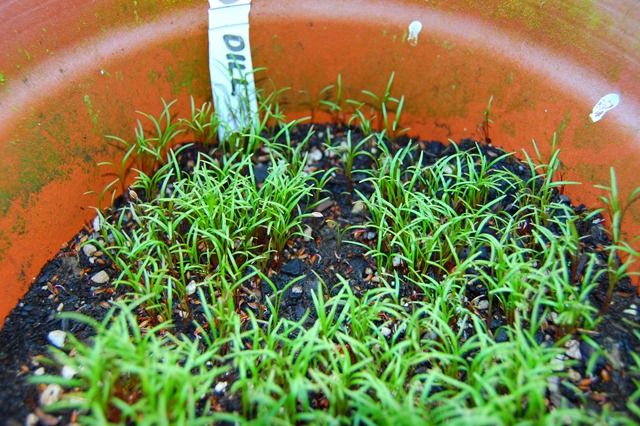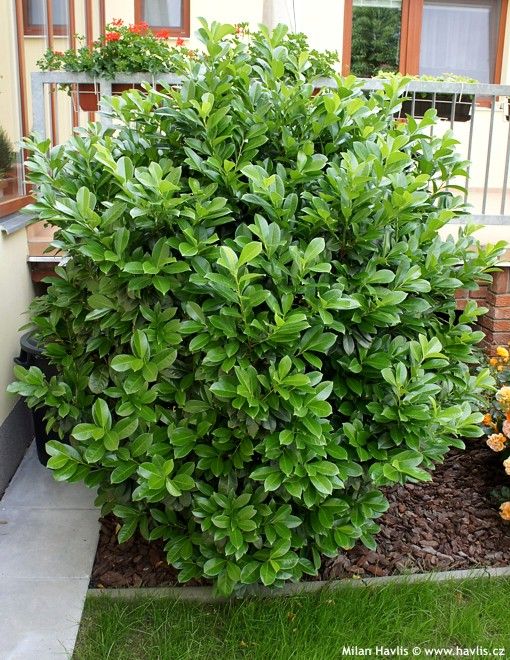Protect seedlings from frost
Frost Covers & Cold Snap Care
Whether you fell under the spell of some eye-catching color at the garden center or just wanted to get a jump on the gardening season, planting too early can create a crisis when a cold snap threatens. Helping your seedlings survive the big chill isn't impossible, but it does require some preparation.
In most cases, you can count on makeshift methods to protect plants when the thermometer dips. But for larger plantings, such as a vegetable garden, you'll need to arm yourself ahead of time with the right gadgets to guard plants against frosty mornings.
Know The Limits
In order to understand what steps to take when freeze warnings threaten, you need to know the point at which treasured greenery fades to frost-burned brown. The general rule of thumb is that most plants freeze when temperatures remain at 28°F for five hours.
Of course, there are exceptions to this rule. Seedlings, with their tender new leaves, often give up the ghost when temperatures dip to 32-33°F. Tropical plants have differing low-temperature thresholds. Some keel over when temps fall to 40°F; others crumble at 35°F. Other plants are just hardy by nature and can withstand temperatures as low as 18-20°F. To find the threshold for your plants, search garden books and online resources.
Quick Fixes For Frost Warnings
Pick It Up – The easiest cold-protection scheme is to move plants out of harm's way. This works with seedlings in flats and potted plants. Moving plants under a deck, into a garage or shed, or onto a porch with a roof often offers ample protection.
Count On Water – Water soil just before sundown to raise overnight air temperature around plants as the water evaporates. Fill gallon jugs or buckets with water and place them in the sun during the day. At night, move them near endangered plants. The water will moderate air temperatures; if it freezes, it will release heat. For greatest effect, paint a few water-holding containers black to maximize daytime heating.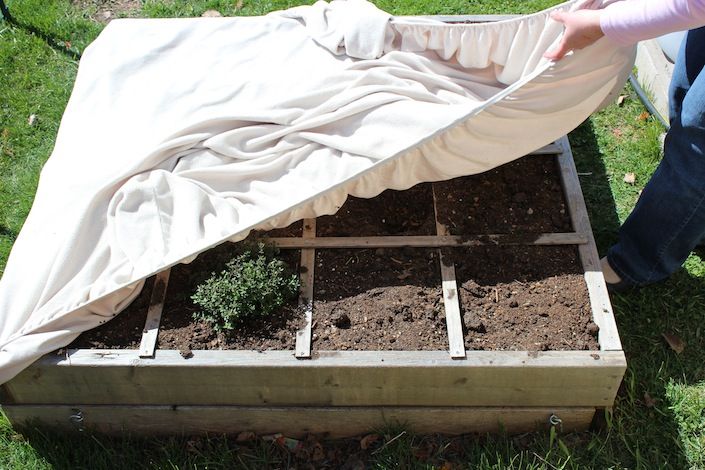
Keep Air Moving – Cold, still air does the most damage to plants. Stir a breeze all night with an electric fan to keep frost from forming on plants. Remember to protect electrical connections from moisture.
Cover Plants – Protect plants from all but the hardest freeze (28°F for five hours) by covering them with sheets, towels, blankets, cardboard or a tarp. You can also invert baskets, coolers or any container with a solid bottom over plants. Cover plants before dark to trap warmer air. Ideally, coverings shouldn't touch foliage. Anchor fabric coverings if windy conditions threaten.
In the morning, remove coverings when temperatures rise and frost dissipates. Heat from the sun can build beneath solid coverings, and plants can die from high temperatures.
Break Out Blankets – Keep gardening blankets, often called row covers, on hand. These covers are made from synthetic fibers or plastic in varying thicknesses. Lay row covers directly on plants, or create a tunnel by suspending them over a bed using stakes.
Turn On Lights – An incandescent light bulb generates sufficient heat to raise nearby air temperature enough to protect a plant from the deep freeze. Bulbs must be close to plants (within 2-3 feet) for this technique to work. (Fluorescent bulbs don't generate enough heat for this chore.)
Protect Individual Plants – Install hot caps – rigid plastic containers with venting holes – over individual seedlings at planting time. Hot caps act like cloches (mini greenhouses), but venting holes eliminate the daily chore of placing and removing the covering. Create the equivalent of a hot cap using plastic two-liter bottles or gallon jugs with bottoms cut off and lids removed (but saved). Replace lids at night when cold temperatures swoop through.
A twist on the hot cap idea is a Wall O'Water tepee, which encircles individual plants with a sleeve of water-filled tubes. The water absorbs the sun's heat during the day. At night, as the water slowly freezes, it releases the stored radiant heat of the sun, keeping air inside the tepee frost-free.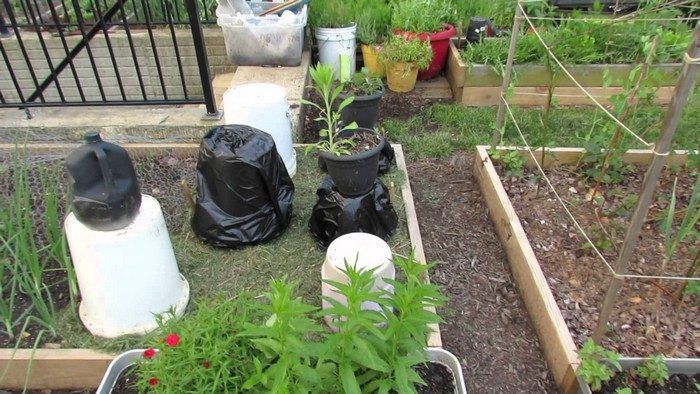
More Lawn Solution Articles for You
Winter Garden Checklist For Mild Climates
Winter garden checklist during mild climates. Winter doesn't signal the end of gardening season. There is many chores such as planting,...
read more
How To Prepare Your Garden For Frost
If winter is coming soon, this simple to-do list will help you prepare your garden for frosty weather, from harvesting, to draining hoses to...
read more
Planting After Danger Of Frost
For a successful spring planting, be aware of the danger of frost. It can kill young seedlings. Knowing the last frost date in your area can...
read more
Copyright © 2023 bioadvanced.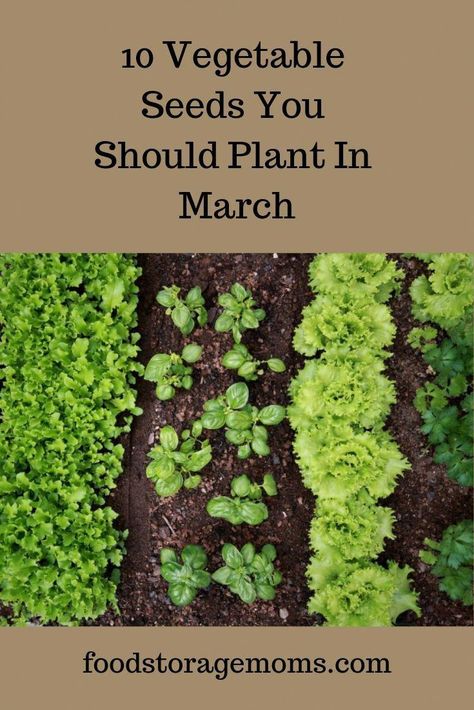 com All Right Reserved.
com All Right Reserved.
7 Ways to Protect Your Plants From a Sudden Frost
62428 shares
An unexpected freeze in spring or fall can quickly devastate your garden.
Early in the growing season, it is especially destructive for tender seedlings that are too fragile to survive sudden dips in temperature.
Even in autumn, when we’re trying to get as much food harvested as possible, it can force more established plants to become dormant and non-productive.
What is Frost?Frost is defined as a thin layer of ice that forms when water vapor changes from a gas to a solid as it is exposed to temperatures below the freezing point.
Frost injures plants when water in the plant cells turn into ice crystals, which disrupts the movement of fluids and damages plant tissues.
A light frost of between 28°F to 32°F won’t wreak as much havoc on plants as a hard frost below 28°F will.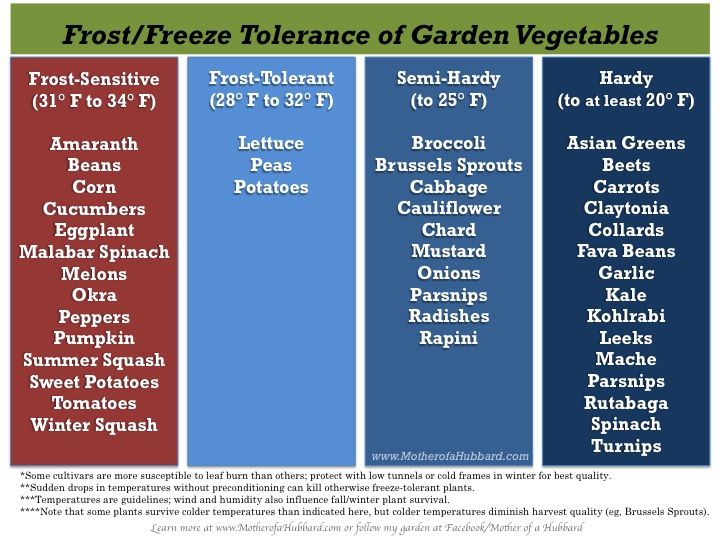
It’s important to note that some veggies actually taste better after a frost. Here’s ten that do.
When to Expect Frost?While keeping an eye on the weather forecast goes hand in hand with gardening, there are a few environmental conditions that will typically lead to a frost.
Cloudy nights help insulate the earth from sudden swings in temperature, but clear skies have a cooling effect that allows heat to escape into the atmosphere.
Calm conditions with little wind are more likely to reach a freezing point since very low air movement means warmer currents are not being distributed over the ground.
Clearly temperature is a major factor for frost, especially when there is moisture in the air (during foggy conditions or when dew is formed overnight) which promotes ice crystal formation.
How to Protect Your Plants from FrostFrost may be deadly to our garden crops, but practicing a bit of vigilance and having some supplies at the ready can make a huge difference in protecting your delicate plants from the cold.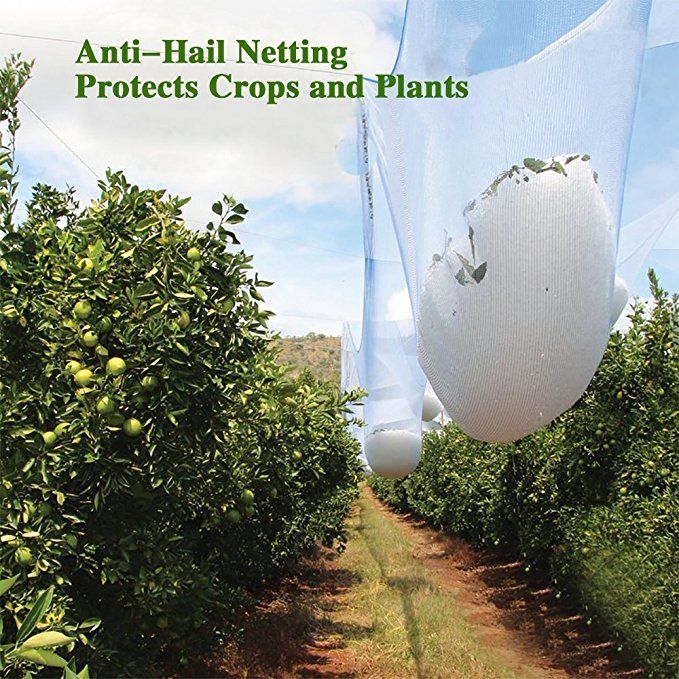
1.
Bring Potted Plants InsideWhen a frost is in the forecast, wait until dusk and move your potted plants and hanging baskets indoors.
Plants situated in containers are more prone to frost damage since they won’t benefit at all from the insulating powers of the earth, like in-ground plants would.
Potted plants are much more susceptible to root damage in colder temperatures.
Choose a place that isn’t too warm – as sudden changes in temperature can shock plants – such as a spot in your garage, shed, or basement.
Inspect plants thoroughly for pests and disease before bringing them inside your home. Keep plants isolated from your houseplants to prevent the potential spread of insects.
Once the risk of frost has passed, haul all your plants back outside first thing in the morning.
2.
Water Plants in the AfternoonIt may seem counterintuitive but keeping the soil moist can help protect plants from the cold.
Moist soil has an insulating effect, which radiates heat upward come nightfall.
When watering plants before a cold snap, be sure to do it in the midday when temperatures are still somewhat warm.
3.
Add a Thick Layer of MulchJust like slipping on a sweater when it’s chilly, adding a layer of mulch to your garden beds will help protect the soil from sudden swings in temperature.
Use straw, wood chips, leaf mold, or even just a heap of leaves to provide crucial insulation for the plants’ root systems below ground. Mulch heavily, to a depth between 3 to 6 inches, to create a good barrier.
Leave an inch or two opening around the central stalk so that the warmth of the soil can travel up through the plant.
Although mulching your garden beds is one of the best things you can do to keep things low maintenance, you’ll want to pull some of this protective mulch away when the weather warms up.
4.
Cover Up Individual Plants with a ClocheA cloche is a bell shaped cover made from plastic or glass that helps keep smaller plants warm and cosy in cold weather.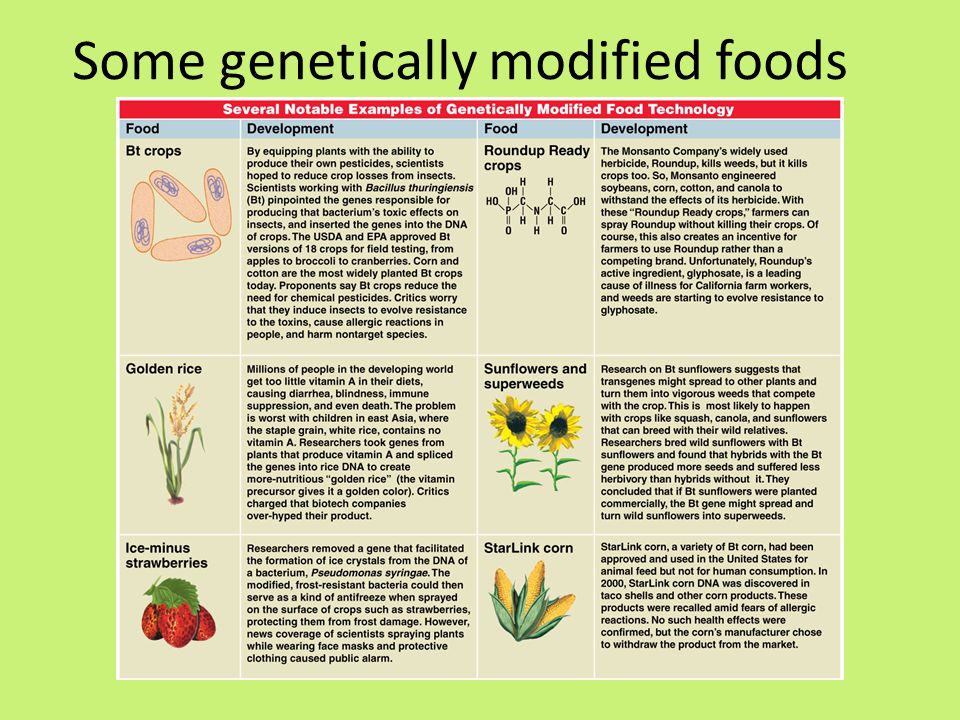
You can purchase plastic garden cloches – like this 3-pack by Tierra Garden here – and reuse them when needed during the inclement weather of spring and fall.
If you’re in a pinch, many things around the home can be used as a cloche.
An upside down bucket or flower pot would do the trick. Or cut off the bottoms of plastic milk jugs and nestle them into the soil.
When using cloches to ward against frost, place them over your plants just before nightfall and uncover them in the morning so they can benefit from the warmth and energy of the sun.
5.
Give them a BlanketTo protect a larger group of plants, simply cover them up with blankets, bed sheets, towels, or drop cloths.
Before laying down the fabric, place several stakes around your plants so that when your cover them, it creates a tent-like structure.
Allow the material to drape over the plants all the way to the soil line. Don’t cinch it around the trunk or stem of the plant, as tying it off will prevent the heat of the earth from emanating up through the plant.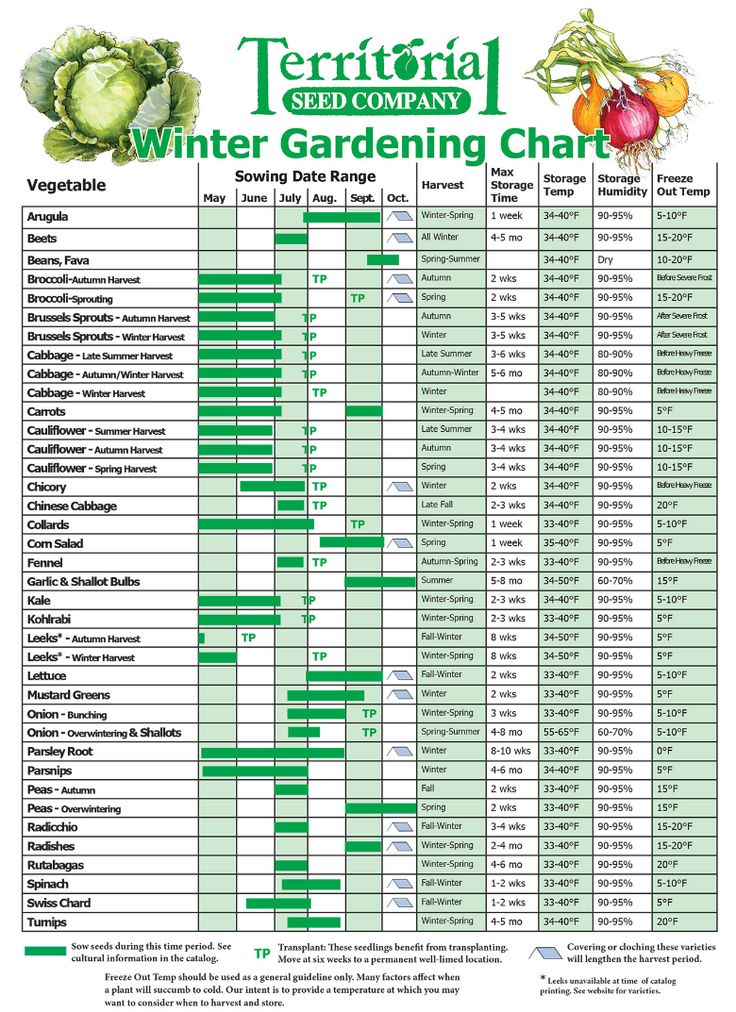
For extra frost resistance, add a final layer of plastic – a tarp or an old shower curtain, for instance, would work great.
Just be careful that no part of the plastic covering makes contact with your plant’s foliage as plastic can damage your plants.
Weigh down the corners and edges with heavy stones or bricks to prevent the coverings from blowing away in the night. Done just before dusk, you’ll need to remove these coverings first thing in the morning the next day.
If dealing with the threat of frost is a recurring theme in your garden, you may wish to invest in specially designed, reusable, and breathable frost blankets like this one, that can be cut to size.
On really chilly nights, mylar thermal blankets (aka space blankets), with the aluminized side facing down toward the plants, helps reflect 99% of the heat back to the earth.
Place space blankets on top of plastic covers.
Another option for neat and orderly garden rows is this mini hoop house kit that comes with steel hoops and a fitted, heavy duty garden fleece covering that conserves warmth.
6.
Wrap Your TreesYounger trees, between the ages of 1 to 4 years old, are more much more sensitive frost injury, which may outright kill them.
Likewise, the buds and blossoms of fruit trees exposed to frost in spring will stunt their growth and result in a reduced harvest for the rest of the growing season.
Citrus trees are particularly frost tender and should be protected when temperatures dip to 29°F.
To protect trees from the cold, wrap their trunks with towels, blankets, cardboard, rags, or pipe insulation.
You can also use burlap or felted tree protector wraps.
Starting at the base of the trunk, wrap around and around, making sure to overlap layers by a couple inches. Keep wrapping in this manner until you reach the lowest branches of the tree.
Secure the wrap to the tree with some twine or weatherproof tape.
If temperatures reach 26°F for a prolonged period, add a layer of plastic sheeting over your wrap for added frost protection.
7.
Keep the Air MovingWhen frost threatens vast tracts of land in commercial agriculture, farmers have employed various tactics to simulate wind.
One such device is a selective inverted sink, a large fan in a chimney that pulls cold air up and away while it pulls warmer air down to the ground.
Another method is to task a number of low-flying helicopters to fly over crops to keep the air flowing!
While neither of these are practical solutions for the home gardener, the concept of air movement to ward off frost can be utilized at a much smaller scale.
Simulating wind this way can raise the temperatures in your garden patch by 2°F to 7°F.
On still nights with no rain in the forecast, an electric fan can be used to create an artificial breeze.
Because electronics and water don’t mix, you may wish to invest in a powerful blower made for outdoor use, like this rechargeable one from Amazon.
When possible, place portable fans in a sheltered spot.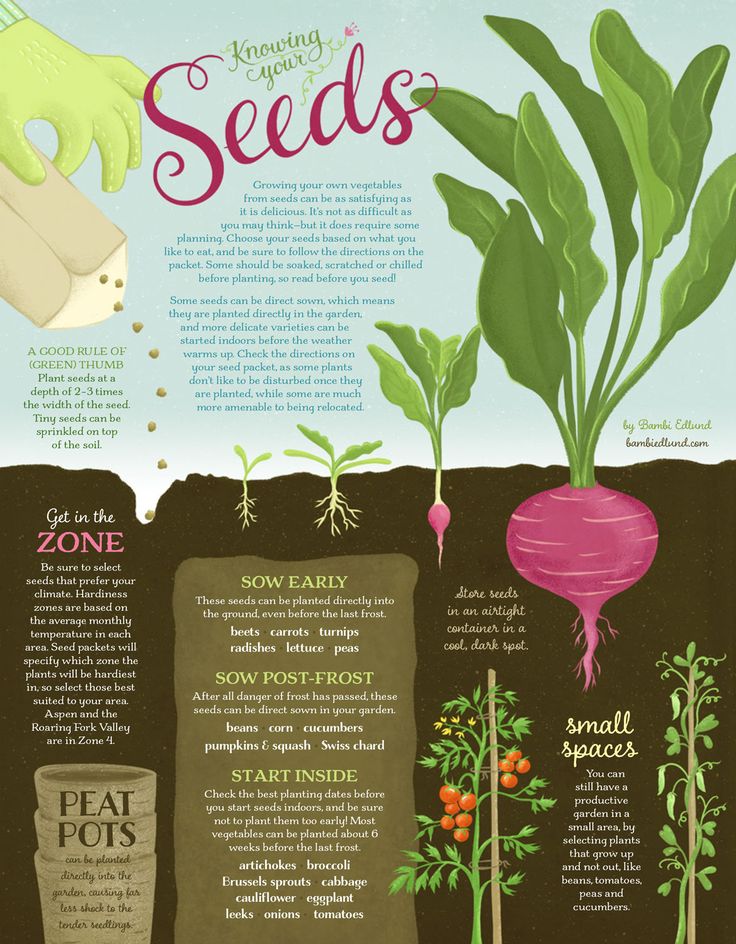 To ensure warmer air is drawn downward, set it up a few feet off the ground – the higher the better.
To ensure warmer air is drawn downward, set it up a few feet off the ground – the higher the better.
Try to situate it so that the breeze moves over every plant in the plot.
What to Do After a FrostYou’ll know your plants have been damaged by frost when the leaves and branches turn black or brown.
Wait until the weather warms up and all danger of frost has passed before pruning.
Dead branches and twigs provide a bit of protection too, so hold off until you see new growth before cutting the damaged foliage away.
How to Make a More Frost-Tolerant GardenSave yourself the panic and heartbreak of losing your flowers, trees, and crops to a sudden frost by planning your garden accordingly.
Plants that are native to your region are much better adapted to the temperature swings of your biome. Use the Native Plant Finder to get ideas on indigenous bushes, grasses, flowers, and trees.
Other frost hardy flowering plants include crocus, pansy, tulip, calendula, sweet alyssum, and snapdragon.
As for edibles, there are plenty of cold hardy veggies that often taste sweeter when touched by frost:
Root Vegetables – Carrots, potatoes, beets, parsnips, turnips, onions, garlic, radish, and rutabaga.
Cruciferous Vegetables – Broccoli, cauliflower, kale, Brussels sprouts, cabbage, bok choy, and collard greens.
Leafy Greens – Spinach, lettuce, Swiss chard, arugula, tatsoi, and mache.
When planning out your garden in the spring, avoid planting frost tender plants in low lying areas and in depressions in the ground that create frost pockets.
Since warmer air rises and cooler air sinks, plants sensitive to frost should be sowed in higher ground, in raised garden beds, or in containers that are easy to bring inside when cold weather hits.
Pin This To Save For Later
62428 shares
How to protect seedlings from frost and shade from the sun
After planting in the ground, seedlings need protection from both heat and cold.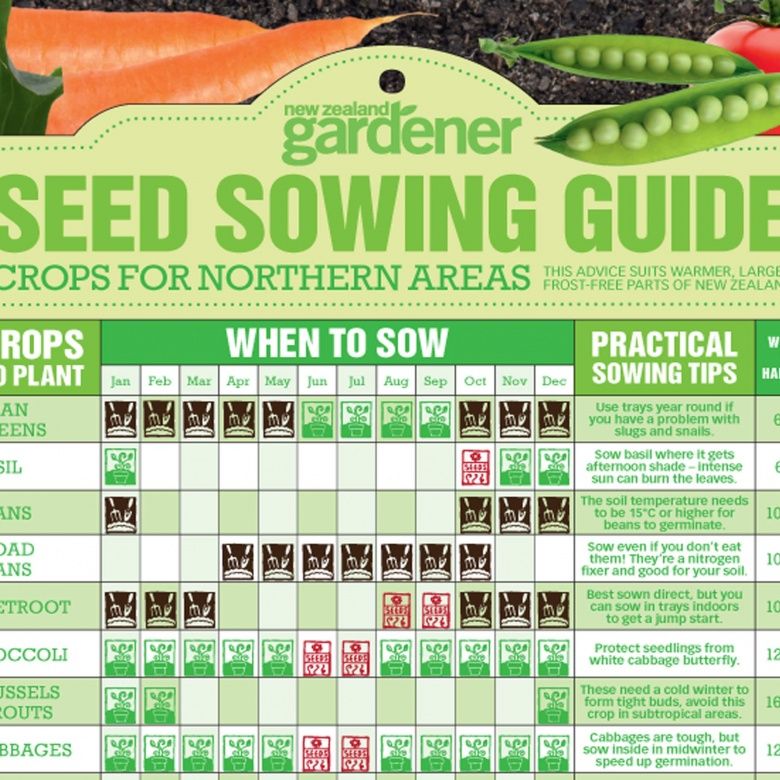 In early spring, the weather is changeable and unpredictable. During the day, the air can warm up above +20 ° C, and night frosts knock down the thermometer to a strong minus. There are several ways to cover seedlings, warm, spray, shade. Read about the most affordable and reliable in this article.
In early spring, the weather is changeable and unpredictable. During the day, the air can warm up above +20 ° C, and night frosts knock down the thermometer to a strong minus. There are several ways to cover seedlings, warm, spray, shade. Read about the most affordable and reliable in this article.
When it is possible to plant seedlings in the ground
In most regions, seedlings in the ground (open, protected, in greenhouses and under film shelters) begin to be planted in April. However, temperatures during this early spring period are changeable, and the differences between day and night values are significant.
To minimize the stress of plants from sudden temperature fluctuations and protect seedlings from critical cold snap, it is necessary to provide additional heating of seedlings.
What are some ways to plant seedlings early and keep them from freezing?
1. Warm high beds
They are prepared in advance, watered with warm water, covered with a film so that the soil warms up faster and to a greater depth. Additionally, plastic bottles filled with water are placed on the bed between the planted plants - they heat up under the sun, and cool down at night, giving off heat to the "neighbors".
Additionally, plastic bottles filled with water are placed on the bed between the planted plants - they heat up under the sun, and cool down at night, giving off heat to the "neighbors".
2. Additional cover
Several cover options. It can be a non-woven covering material (spunbond, agrofibre), thrown directly over seedlings or arcs. A more serious option for insulation: a house for seedlings, where the roof is made of polycarbonate, the walls are made of cardboard, and non-woven fabric and film serve as insulation. Under such protection, seedlings will not freeze even in Siberia in early spring.
______________________________________________
For information on when and what seedlings to plant in open ground and greenhouses, see the recommendations for a particular crop. Data vary greatly depending on regions, growing conditions and agricultural practices, crops, varieties, etc.
What temperature do seedlings need
When planting seedlings in the ground when there is a threat of return frosts, it should be taken into account that even a short-term sharp cold snap can become critical for young plants.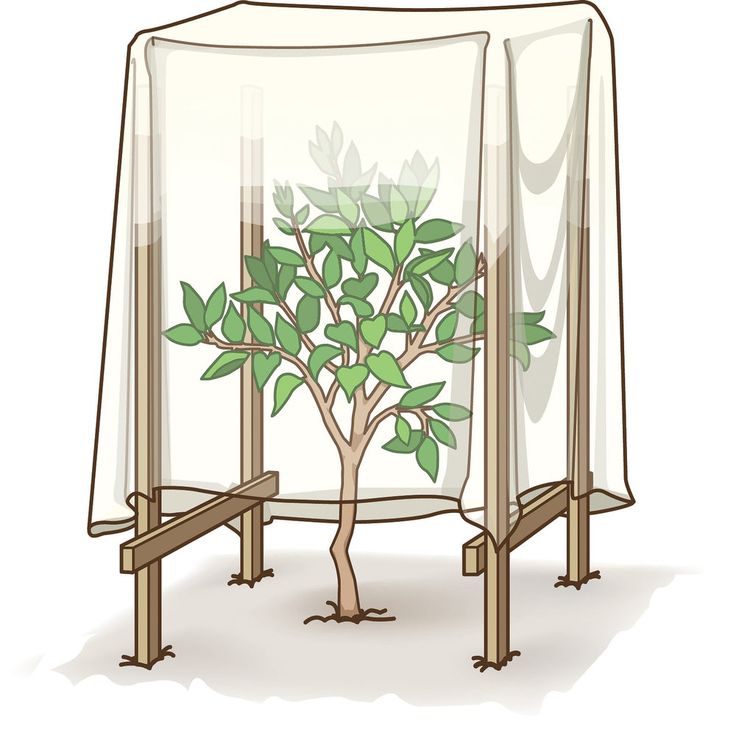
To protect seedlings from hypothermia, you need to know the need of vegetable plants for warmth, taking into account the growing season. We present these data in the table below.
Table. Optimum and critical temperature for seedlings +25-30 ° C +25-30 ° C +5-6 ° C -1 ° C cabbage +2-3 ° C +15 -15 -15- 23°C +15-17°C -2-3°C -8-10°C Carrots +4-6°C +15-25°C -2-3°C -3-4°C Cucumber +14-16°C +20046 +22-28 ° C +6-8 ° C +2-3 ° C Perets +14-16 ° C +25-30 ° C + 25-30°C +5-6°C -1°C Tomato +10-12°C +25-30°C 2 +3-5°C -1°C Radish +1-2°C +15-25°C 90-0570046 +2-3 ° C -5-6 ° C radish +1-2 ° C +15–20 ° C +15–20 ° C - 2-3°C -5-6°C Onion +2-5°C +18-25°C +15-25°C +15-25°C - Lettuce +2-3°C +10-20°C +12-20°C -20057 -4-5°C Beets +5-8°C +20-30°C +18-25°C -2-1°C -3°C Pumpkin +12-15°C +20-25°C +22-30°C +22-30°C +22-30°C C Beans +8-10°C +18-22°C +20-31°C -0. 0046  5°C
5°C 22 Spinach +2-3 ° C +15-17 ° C +12–17 ° C -4-5 ° C -5-10 ° C
The ability of seedlings to withstand temperature changes depends on the crop, age, variety and health. Young and tender plants are more thermophilic. Cold-resistant varieties, healthy and strong seedlings, mature seedlings can withstand lower temperatures and short-term cooling.
For example, young tomato seedlings withstand temperatures below 10 °C, adult plants are resistant to short-term drops to 8 °C and below. At a temperature of 4-5 ° C, signs of a lack of phosphorus can be observed on the leaves of seedlings (a characteristic purple hue appears) - this element is not absorbed by the roots at a low temperature.
Seedlings can withstand a cold snap of 3 ° C, although they will look depressing, they will all wither and lie down, as if they do not have enough water. It's all about the roots, which do not work at low temperatures and do not pump moisture and nutrition up. Such seedlings need to be warmed, transferred to heat, so that the roots work again, and the plant itself will recover.
Such seedlings need to be warmed, transferred to heat, so that the roots work again, and the plant itself will recover.
3 ways to protect seedlings from frost
1. Cover with spunbond.
2. Spray and pour over with warm water.
3. Increase the temperature in the greenhouse.
Covering seedlings with spunbond
Immediately after planting, especially in the early period (April, May and early June), consider covering newly planted or exposed young plants.
- To do this, install arches over the bed.
- Prepare a covering non-woven fabric (spunbond, agrofibre).
- Multiple layers of nonwoven may be needed depending on material thickness and temperature.
If you visit the dacha on weekends and leave for the city for a week, leave the covering material on the seedlings. It allows light and air to pass through, and in early spring days the heat is not yet such that the plants burn out.
Benefits of using spunbond for seedlings
- Covering material is light, reliable and durable.
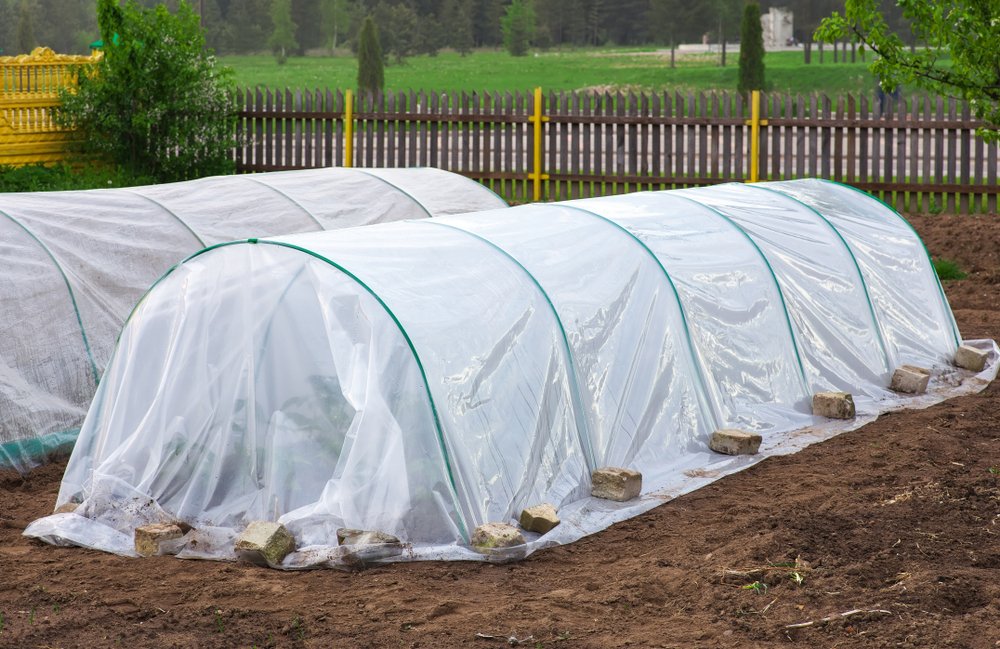 What you need to cover early spring plantings and seedlings.
What you need to cover early spring plantings and seedlings. - Covering plantings with spunbond in early spring gives plants an impetus for rapid growth.
- A special microclimate is created under the agrofibre.
- At high solar activity, the seedlings will not evaporate, as it happens under the film.
- Agrofibre allows all moisture to pass through: both rain and irrigation.
- Plants grow faster under non-woven fabric.
- Non-woven fabric protects against frost and cold weather.
- Spunbond saves plants from pests, for example, cabbage seedlings under it are reliably protected from aphids.
How to cover
Non-woven covering material is not measured in thickness (like a film), but in density. To cover horticultural crops, spunbond with a density of 17-60 g/m is used. sq.
The lower the density, the more gently and gently it acts on young seedlings.
- Using 17-30 g/m material. square, you can safely cover seedlings with flooring without using arcs.
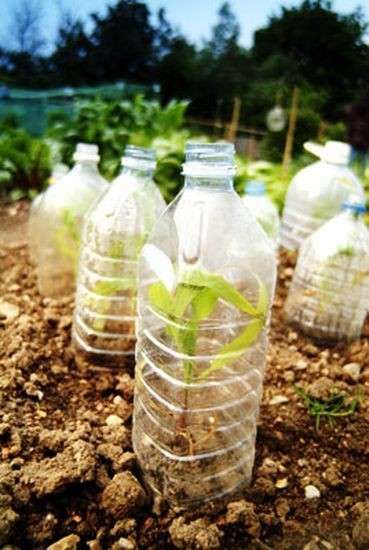 You don’t have to worry that the plants under cover will be wrinkled, injured. The material of this density is quite light, and the plants, growing up, will raise the shelter.
You don’t have to worry that the plants under cover will be wrinkled, injured. The material of this density is quite light, and the plants, growing up, will raise the shelter. - Heavier material 40-60 g/m. kv must be cast on arcs, otherwise the plants may bend under the weight.
- To prevent chafing of the spunbond, it is best to use plastic wires. Arcs should not be rough, rough. If the metal arcs are rusty, it is better to paint them, otherwise the spandobnd can fray from the wind and quickly become unusable.
- Cover with non-woven fabric in calm, dry weather.
- After covering the edges, pin or cover with earth to prevent wind blowing.
With careful, but frequent and active use,
spunbond will last at least 3-4 years
Additional seedling heating lamps and other electric heaters, bring coals or barbecues into the greenhouse, burn a tobacco checker.

In the open field, you can use bottles of water, which are placed along the beds between the plants.
Water barrel
You can raise the temperature in the greenhouse with water. Bring dark-colored containers filled with water into the greenhouse. You can use "one and a half", and for a reliable effect, paint them with black opaque paint.
It is even better if there is a large black barrel of water in the greenhouse. Warming up during the day and accumulating heat, at night it will warm greenhouse plants.
In this way, large temperature fluctuations can be avoided, and an additional half degree of heat can save seedlings from death.
Coals
If you have made a fire in your country house, bring the coals or barbecue into the greenhouse. Cooling down, they will give all the heat.
Tobacco stick
Burning a tobacco stick raises the temperature in the greenhouse. Yes, and there are many other benefits.
________________________________________________
Read more about how to increase or decrease the temperature in the greenhouse
Spraying and watering seedlings
spraying. It will be effective to use special modern growth stimulants and regulators, adaptogens - drugs that help plants withstand stress, increase their immunity and protective properties.
It is also important that the seedlings do not leave with dry soil in frost. Therefore, before the upcoming frosts, it is necessary to check that the surface of the soil in pots or on the beds is moist. If the ground is dry, make additional watering with warm water.
Be careful - it is dangerous to overwater plants in cold weather
Fertilizer and growth stimulator Biospectrum
Biospectrum is a broad-spectrum biological product, an activator of the process of plant growth and development, with the properties of a fungicide and complex fertilizer, root former, flowering inducer.
Biospektr is used in summer cottages:
- as a growth stimulator and root former;
- as a fertilizer that contains a complex of nutrients and vitamins.
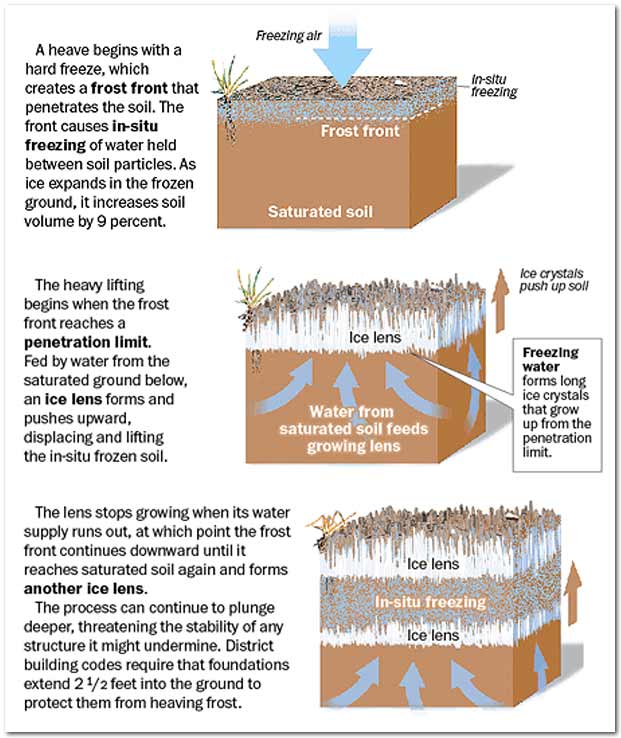
The main component of the preparation is an extract of the evergreen plant Yucca Schidigera, supplied directly from Mexico. For its healing properties, the indigenous peoples of America called Yucca the "tree of life."
Biospectrum is used to grow all kinds of vegetables. Grown products are environmentally friendly and have a high nutritional value.
Photo: biopreparation Biospectr helps rooting and improves the immunity of seedlings after planting in the ground
finally get upset and throw it away.
The main task is to insulate and warm the affected plants:
- 1. Spray plants with lukewarm water, biologic solution or growth stimulants - there are now many options.
- 2. Cover plants with spunbond covering material and keep under cover for at least 24 hours.
- 3. If possible, bring the frozen seedlings into the heat - from the loggia or from the greenhouse to the house.

Strong healthy seedlings, not stretched or overgrown, usually endure short-term temperature fluctuations.
How to shade seedlings
High temperatures are no less dangerous for seedlings than low temperatures. At temperatures above 35-40 ° C, the plants are depressed, the functioning of the root system worsens, the ovaries fall off, and the fruits do not form.
In the open field, the weather itself usually copes with this. Good ventilation and abundant watering maintain the right temperature for plants. So that seedlings recently planted in the ground do not burn in the sun, it can also be shaded with a spunbond. The temperature under the agrofiber is regulated to comfortable values, and the sun's rays do not penetrate through the non-woven material.
There is not enough ventilation in the greenhouse, and other ways are needed to shade and protect the plants from heat and heat.
3 ways to shade plants in a greenhouse
- Painting the walls and roof of the greenhouse with lime or clay
This method is proven and affordable.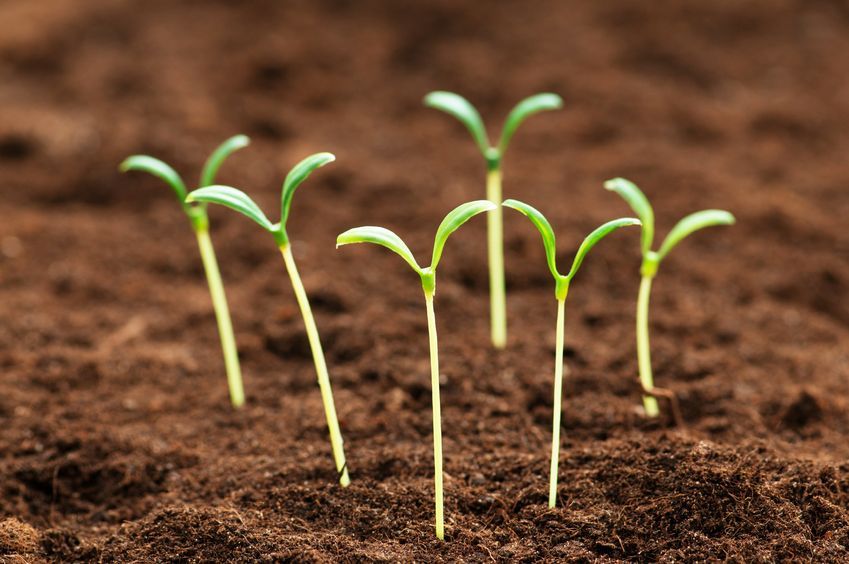 But short lived. After the first rain, the protection washes off and the procedure must be repeated again.
But short lived. After the first rain, the protection washes off and the procedure must be repeated again.
- Shading mesh or spunbond
The method is good, but can be expensive, especially when it comes to tens of square meters.
- Painting the greenhouse with a colored water-based solution
Take 1 liter of water-based paint for finishing work, 5 bottles of brilliant green, for the strength of the solution, you can add PVA glue so that the paint stays on the film longer. All this is diluted and mixed with an electric mixer (drill and nozzle for stirring the solution) in a bucket of water (10 l). Zelenka is necessary to darken white paint.
The solution is applied from above on the roof and walls of the greenhouse (tested on film greenhouses), it lasts a long time (although it is still washed off later, after 10-15 rains).
Such shading reduces the temperature in the greenhouse by 10-12 °C
How to protect and save seedlings from frost in the greenhouse and open ground
Soon the time will come for planting seedlings in greenhouses and open ground.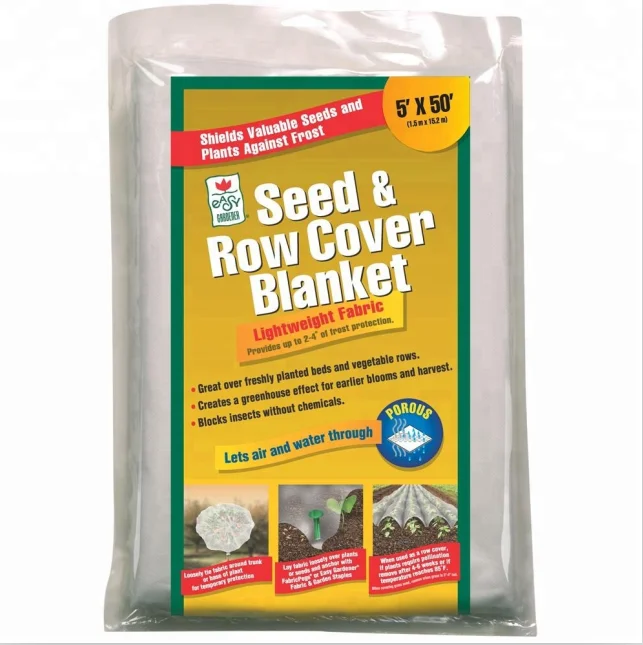 In the southern regions, landing is carried out in April-May, in more northern regions - in May - early June. But the weather is now so unpredictable that return spring frosts can come quite suddenly, literally after seemingly settled, warm weather. And how disappointing it is that the healthy and strong seedlings grown with such love and care after the cold snap drooped or died.
In the southern regions, landing is carried out in April-May, in more northern regions - in May - early June. But the weather is now so unpredictable that return spring frosts can come quite suddenly, literally after seemingly settled, warm weather. And how disappointing it is that the healthy and strong seedlings grown with such love and care after the cold snap drooped or died.
Some crops can withstand temperatures as low as -1-7ºC (parsley, carrot, celery, dill, spinach, onion). But such heat-loving vegetables as cucumbers, zucchini, pumpkin, which grow close to the surface of the earth, react very quickly to a temperature of -1-2ºС. Spring cold snaps are also dangerous for non-hardened or poorly rooted tomatoes, peppers and eggplants. A slight decrease in temperature may not kill the plants, but in the future they will lag behind in growth and their fruiting will be delayed by 2-3 weeks.
What to do, is it possible to protect plants from frost, what methods are there? And if the plants are already frozen, is it possible to reanimate them? Indeed, sometimes elite expensive varieties of vegetables are grown, which are simply a pity to throw away. To answer these questions, let's first find out why plants freeze when the temperature drops to minus values.
To answer these questions, let's first find out why plants freeze when the temperature drops to minus values.
Everyone knows from the lessons of botany at school that any plant consists of cells. The cells contain cell sap, which, like any other liquid, crystallizes at temperatures from 0ºС and below, that is, it freezes. Frozen cell sap, due to the crystals formed inside the cell, breaks the thin microcrystalline shells of the ulna. Turgor (the pressure that exists inside the cell) is broken and a state occurs when the leaves fall off, fall down and we see a plant killed by frost.
How to save seedlings from frost in a polycarbonate greenhouse
Already in the first ten days of May, many gardeners plant seedlings of tomatoes, peppers, eggplants, cucumbers in a greenhouse. But this period is very dangerous with return frosts, and quite strong ones, when the temperature can drop to -5-7ºС on the soil. It is after planting seedlings that you need to be very vigilant and carefully monitor the weather forecast.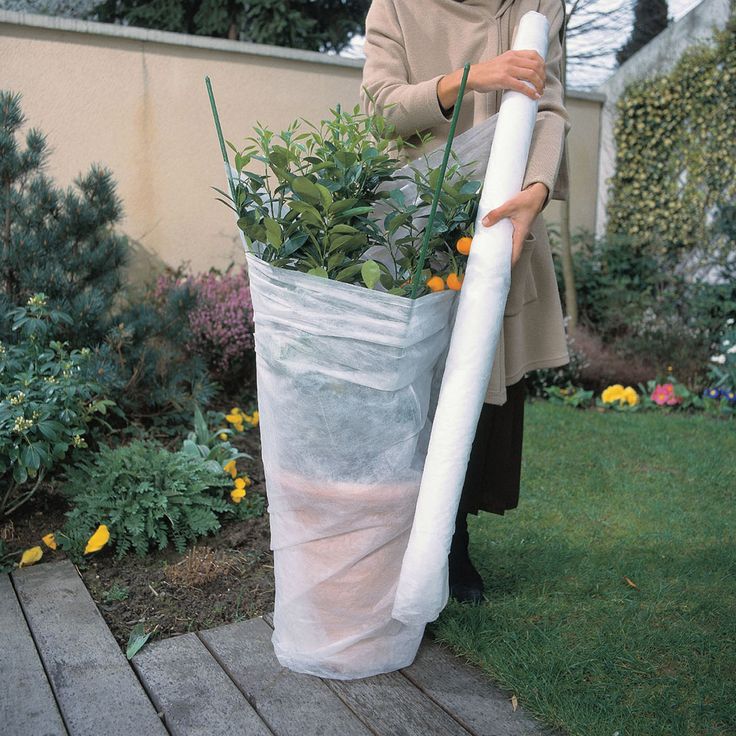
Some greenhouses, especially those made of polycarbonate, can withstand temperatures as low as -4°C. If the temperature drops below, the plants may freeze. Then how to protect the plants in the greenhouse from a possible drop in temperature? There are several ways.
Spunbond cover . Arcs are installed above the beds, which are covered with spunbond from above. The number of layers depends on the thickness of the spunbond. If thin, you will have to do 2-3 layers. Coming to the country only for the weekend, this method is the most convenient. The covering material allows air and light to pass through well, at the same time it does not allow moisture to evaporate much. Plants under such shelter feel comfortable.
Water bottles . Prepare dark plastic bottles in advance, usually kvass and beer are sold in such bottles. Fill them with water and spread them as much as possible on the beds in the greenhouse. During the day, the bottled water will heat up, and at night, the heat from the bottles will gradually warm the air in the greenhouse.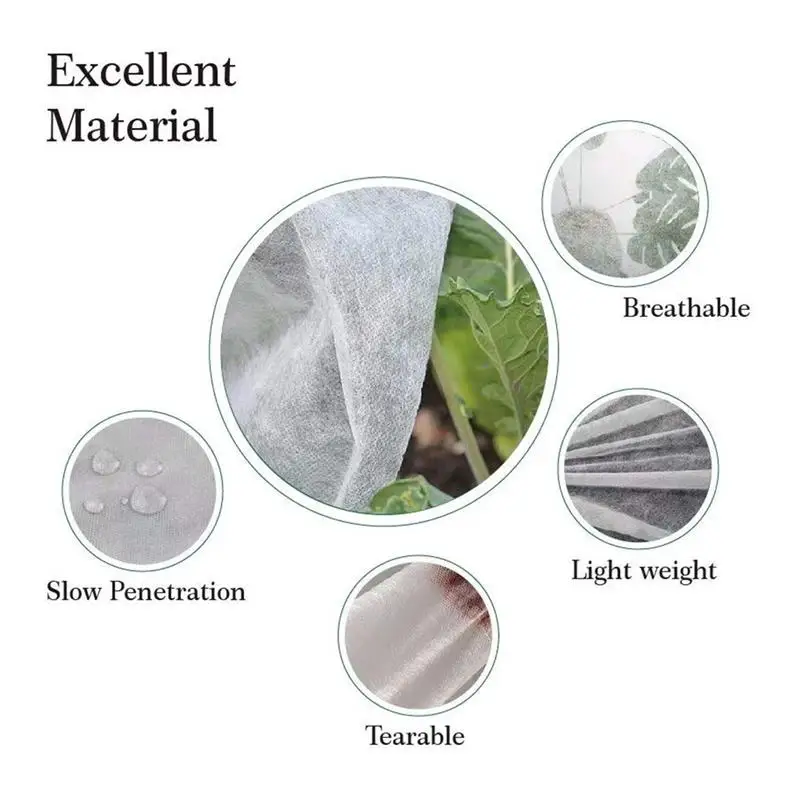 Even a temperature drop of 0.5-1 degrees will play a positive benefit and will not allow the seedlings to freeze.
Even a temperature drop of 0.5-1 degrees will play a positive benefit and will not allow the seedlings to freeze.
Water barrel . Take advantage of the space in the greenhouse and put a large iron barrel there, preferably dark in color. The water in the barrel will heat up during the day, and at night the air in the greenhouse will heat up from the barrel. In addition, warm water in the barrel will be needed to water the plants.
You can also use modern technology, if you
- hang infrared lamps,
- put an ordinary electric heater.
Of course, the minus of these methods will be in the high consumption of electricity, but the frosts are not eternal, and these technologies will not have to be used for long. If it is not possible to put a heater or hang a lamp, you can simply bring a bucket or barbecue with hot coals into the greenhouse.
Another way to protect seedlings in the greenhouse from low temperatures. You can not plant seedlings from the boxes yet, but leave it closer to the ground, heat comes from the ground, the plants in this case will not freeze. Or just take the boxes back into the room at night.
Or just take the boxes back into the room at night.
What covering material saves seedlings from cold weather without a greenhouse (in open ground)
in May-JuneBut we plant seedlings not only in a greenhouse. When there are a lot of seedlings, all the same, part of it has to be planted on a garden bed in open ground. If in the limited space of the greenhouse you can use heaters or containers with warm water, then in the beds such methods do not work.
You should not focus only on the weather forecast when you have heat-loving plants growing on your beds. If you still adhere to the forecast, then look at it in several sources. Moreover, the forecast is usually given for the region, and not for a specific summer cottage. It happens that everything is frozen in the neighboring area, but not on yours. Much depends in this case on the terrain, the location of the site in a lowland or near a reservoir, etc. In any case, be guided by your own experience, as well as folk signs, they rarely let anyone down.
- If the temperature drops to +1-2ºС in the evening in May-June, it is quite possible that the temperature will drop even lower at night.
- The calm wind, the calm, the absence of clouds in the sky and the cessation of precipitation indicate that it will soon get colder.
- Bird cherry begins to bloom, and it always blooms when it gets colder.
If you observe any of these signs, this is a signal that you need to go to the garden and do something to protect the plantings. Perhaps the most correct solution would be shelter landings.
- Covering material . On beds with heat-loving crops, like zucchini, pumpkins, squash, tomatoes, etc., arcs are placed, which are covered with spunbond from above. In its absence, the arcs are covered with ordinary sheets and rugs.
- Bottle cover . If the seedlings are small, then each plant is covered with plastic bottles, inverted buckets, kraft paper bags.

- Hilling . This method is more suitable for potatoes. Since by this time it is only rising, its small seedlings are spudded, that is, the plant is completely buried with earth. So the young tops of the potatoes will not freeze, and as the sprout grows, the greens will break out again.
How to protect plants from frost by watering
You can protect plants from upcoming frosts by watering (sprinkling). Watering is carried out in the evening, as the water evaporates, the resulting steam will protect the plants from low temperatures. Water vapor has a greater heat capacity and does not let cold air flows to the ground, and plants will painlessly endure short-term low temperatures.
For this purpose, a fine nozzle is attached to the watering hose. Water should flow out of it in small drops. Water the plants completely from above, and also water them under the root. The sprinkling method can protect greenhouse plants, shrubs and small trees down to -5ºС, but only in calm weather.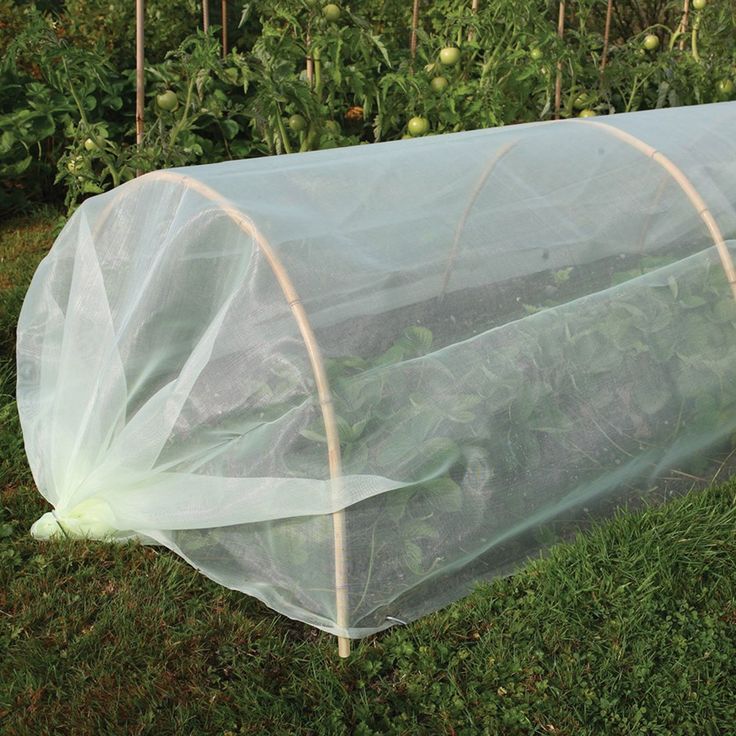
How to protect plants from spring frosts with smoke
Smoke is also considered a fairly effective method and is used not only in greenhouses, but also to protect shrubs and fruit trees.
In a greenhouse, a tobacco checker is usually used for smoke, it is not dangerous either for plants or for the metal structures of the greenhouse. The checker is placed in a metal bucket and set on fire closer to the night, when there is a possibility of freezing. And leave it to burn until morning.
To protect fruit trees and shrubs during the period when they begin to bloom, smoke is created by making a fire next to the bushes or under the trees. Wet sawdust, straw, last year's fallen leaves, potato tops, etc. are used as fuel. The main condition is that the fire does not burn, but slowly smolders, while emitting a large amount of smoke. One fire with a size of 1-1.5 m and a height of up to 1 m is enough to smoke 1 acre of land.
The bonfire is also lit closer to the night, when the air temperature drops to zero.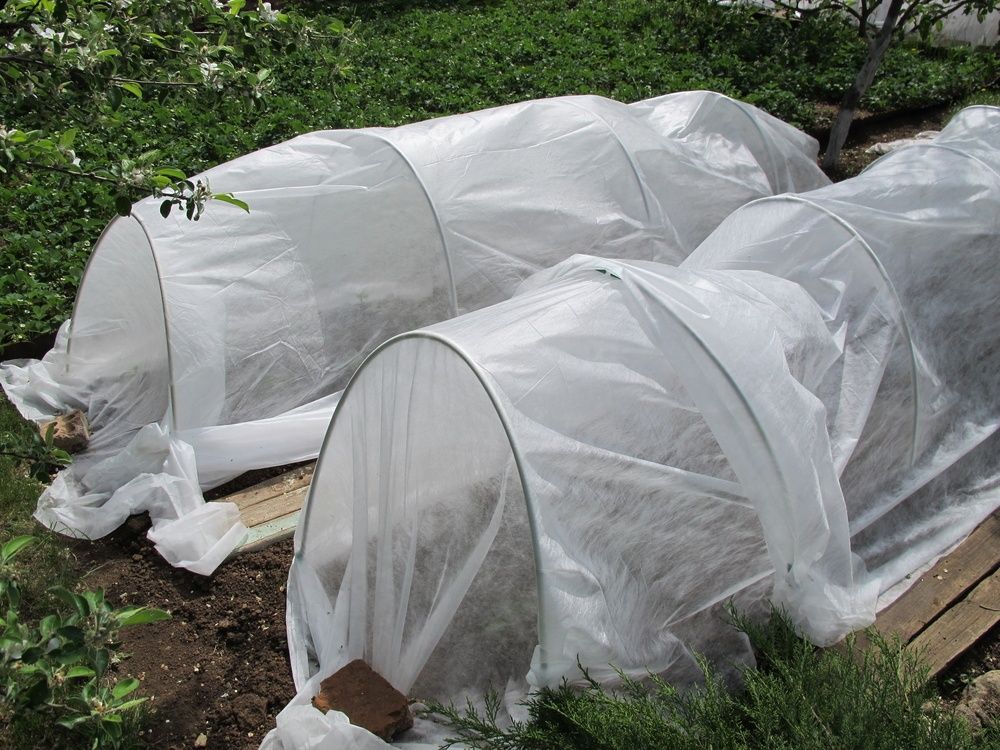 And its burning should continue until the morning, covering the entire area with thick smoke.
And its burning should continue until the morning, covering the entire area with thick smoke.
Although simple, this method has disadvantages.
- Fires are made only in calm weather, otherwise it may cause a fire.
- On the other hand, a small breeze is needed to keep the fire burning, otherwise the fire will go out or the smoke will simply go up into the sky.
- There is always a peculiar odor when plant residues are burned.
How to reanimate seedlings in the summer after frosts
If frosts did kill your plants, do not rush to throw them away. There are several effective ways to help you revive frozen plants.
- Spraying with ordinary cold water;
- Application of antidepressants by spraying;
- Use of mineral fertilizers.
How to reanimate plants in these ways, I will tell you in more detail.
Spraying with water
If your plants got frost at night, then early in the morning before warming up by the sun, that is, until the cell sap is in a state of crystals, be sure to turn on the hose with a fine spray and water the leaves from above and below.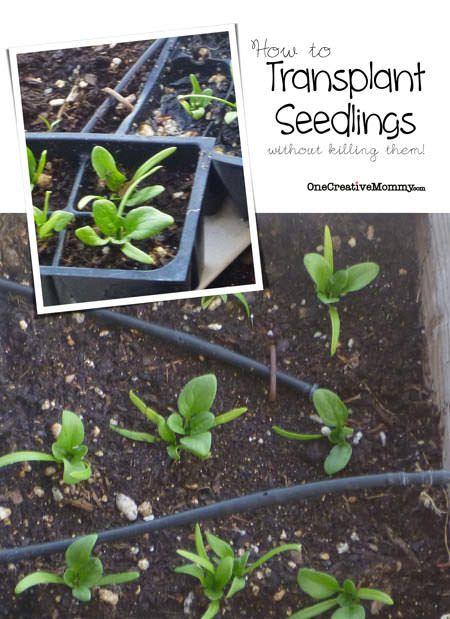 Then shade the plants with newspaper or cardboard. Thus, there will be a slow thawing of cell sap from ice, which was formed at sub-zero temperatures.
Then shade the plants with newspaper or cardboard. Thus, there will be a slow thawing of cell sap from ice, which was formed at sub-zero temperatures.
Spraying with antidepressants
Epin-Extra is an artificial analogue of a natural growth stimulator. It activates the protective properties of plants and has a beneficial effect, which is necessary as a result of exposure to low temperatures. To do this, sprinkle in the evening on the night of the expected frost or early in the morning. Keep in mind that the substances that make up the product lose their properties in sunlight. Pre-spraying will help plants cope with stress. Dilute 1 ampoule of the product (1 ml) in 5 liters and spray the plants above and below the leaves with the solution.
Do not dissolve Epin-Extra in tap water. Tap water, as a rule, has an alkaline reaction, which reduces the effect of the product. Therefore, before dissolving the product in water, first add 1 tsp. vinegar or the same amount of boric acid, or a few crystals of citric acid. Only after neutralization, you can breed Epin.
Only after neutralization, you can breed Epin.
Epin is absorbed by plants for 2-3 days, so it should not be used before rain or watered afterwards.
Zircon. If, having arrived at the dacha, you see that all your tomatoes are frozen, then this is not a reason to indulge in despair. Zircon will help save tomato seedlings, even if the frosts were quite strong. This is an alternative solution similar to Epin-Extra and belongs to growth stimulants.
What to do? Cut off the entire above-ground part of the plant, leaving only an intact stem stump 3 cm high from the ground. And then pour the Zircon solution, diluting the ampoule in 8 liters of water. After a while, you will notice that new shoots will appear from the hemp. The result will be a little late, however, there will still be tomatoes on the bush.
Phytosporin is a new generation natural biofungicide, but it not only helps fight diseases, it perfectly protects plants from various stresses, one of which is frost.